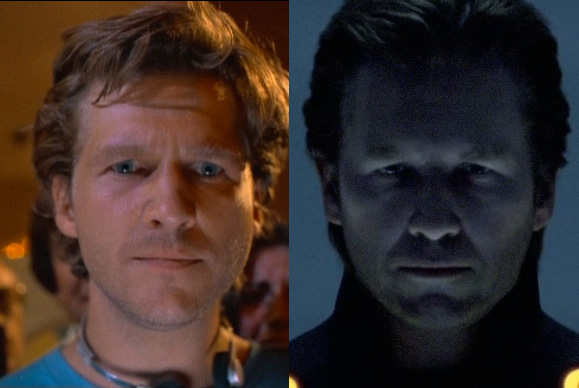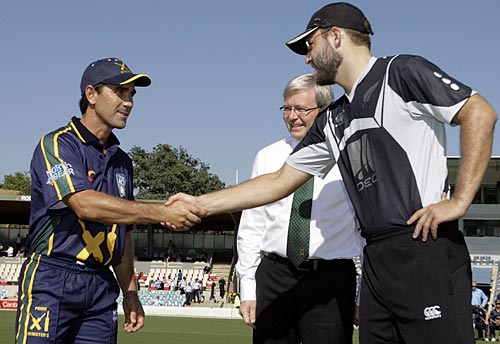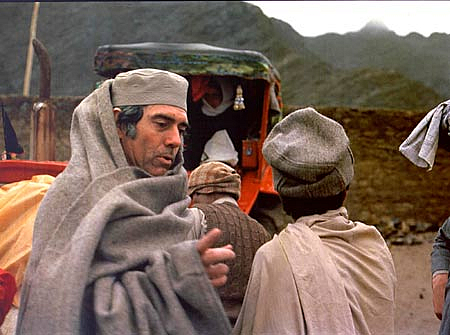Have you ever seen someone who looks like you? I’ve seen a spitting image of myself in dreams sometimes, standing right across me and carrying on with his life as if I never existed, and it has always disturbed me. In Tamil movies, (and most of Indian cinema, including Hindi cinema) it’s usually the male lead who has to contend with this duality and the complications that arise from this situation are conveniently overcome by casting one of the two characters as the ‘bad guy’. The bad guy always dies in the end, usually after realising that the mirror image he has been fighting was in fact his long-lost brother (usually a police officer).
But reality is more complicated than that.
At some point in life, we’ve all come across anonymous people with faces that look uncomfortably familiar. “I’ve seen that face somewhere,” we think, “but I can’t place it”. It gets worse. There are some faces, I’ve noticed, that kind of ‘repeat’ themselves. Each time I see that kind of face on someone, it belongs to a different person but I could swear I’ve seen it before, in some other context. I wonder whether this is true for everyone.
A couple of months ago, I went to a wedding in Odisha, a state in central-eastern India. It was the bridegroom’s wedding procession (‘baraat’), a traditional ceremony in Indian weddings where the bridegroom sits in a car or atop a mare and is taken on a procession to the wedding hall. It’s a noisy, colourful affair, with relatives and friends swaying their hips to popular movie numbers and singing along with them. Most usually loosen up prior to the baraat with a tipple or two of alcohol. It was there that I saw him.
He was barely out of his teens, wore a yellow t-shirt and black, carbon-framed glasses. He was dancing maniacally to the Hindi songs that were blaring out of the loudspeakers. I’ve seen that face, or minor variations of it, a lot of times in my life. “Here we go again,” I thought. I’ve long since stopped trying to figure out who exactly these faces resemble, because I’ve never ever succeeded getting there.
But this time, I got him. Some days after returning home from the wedding, I was going through old photos from my college days when I caught him standing right behind me, looking away from the camera. He was darker than the guy I saw in Odisha, the glasses were round instead of rectangle, but the similarity was very much there. I felt such a wave of relief. I had, for the first time, finally identified a face that had eaten up so much of my time.
But I was also puzzled. Because he wasn’t really anyone close to me. He was just a friend of a friend. I don’t remember his name, or even one proper conversation between us. But the mind is such a mystery. We remember so many trivial things we don’t need to. We forget things that we consider really important.
But identifying him has also convinced me that I am not imagining things when I think some faces look particularly familiar. They are really out there, I tell myself. Just keep looking, and if you’re lucky, you’ll get them.


